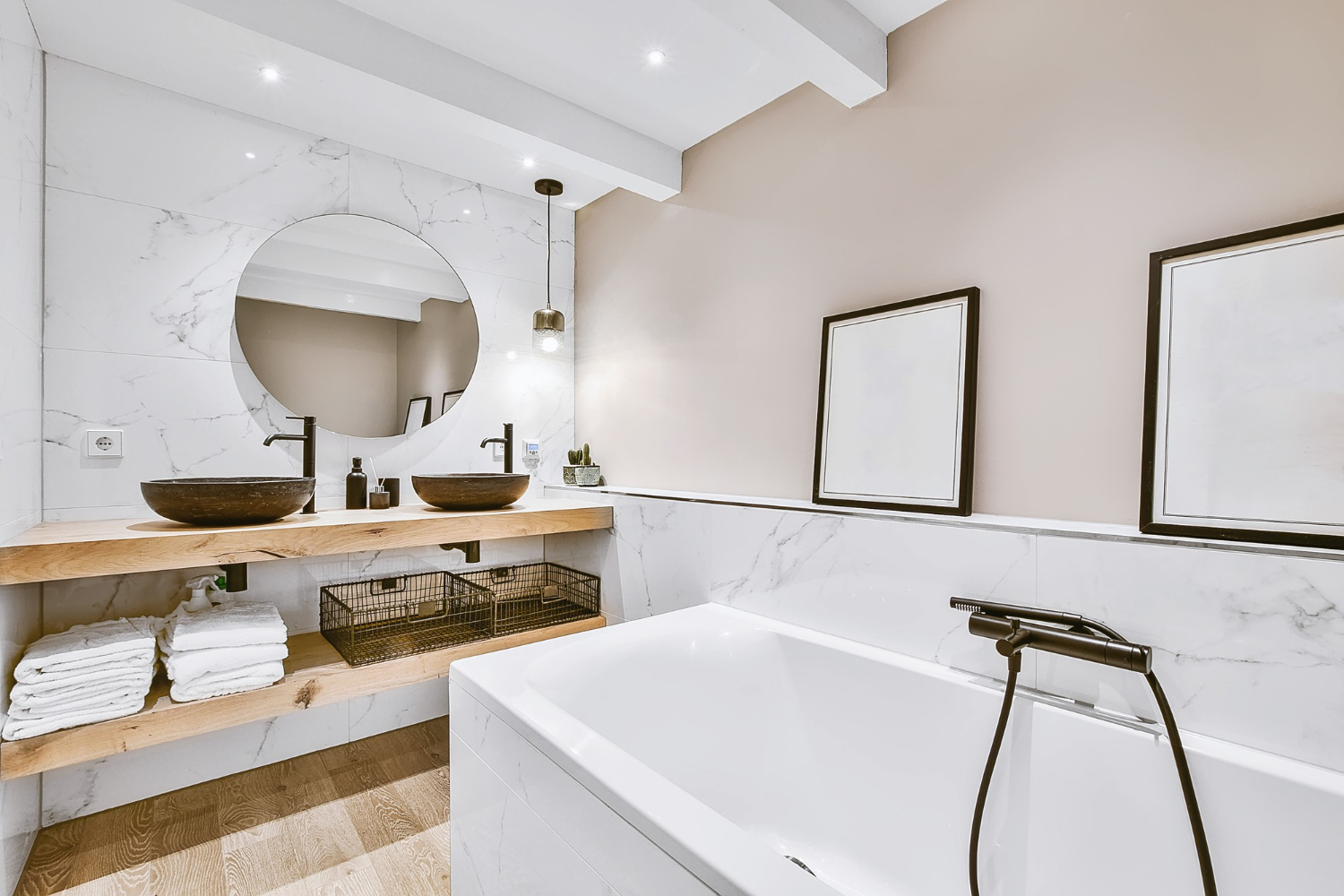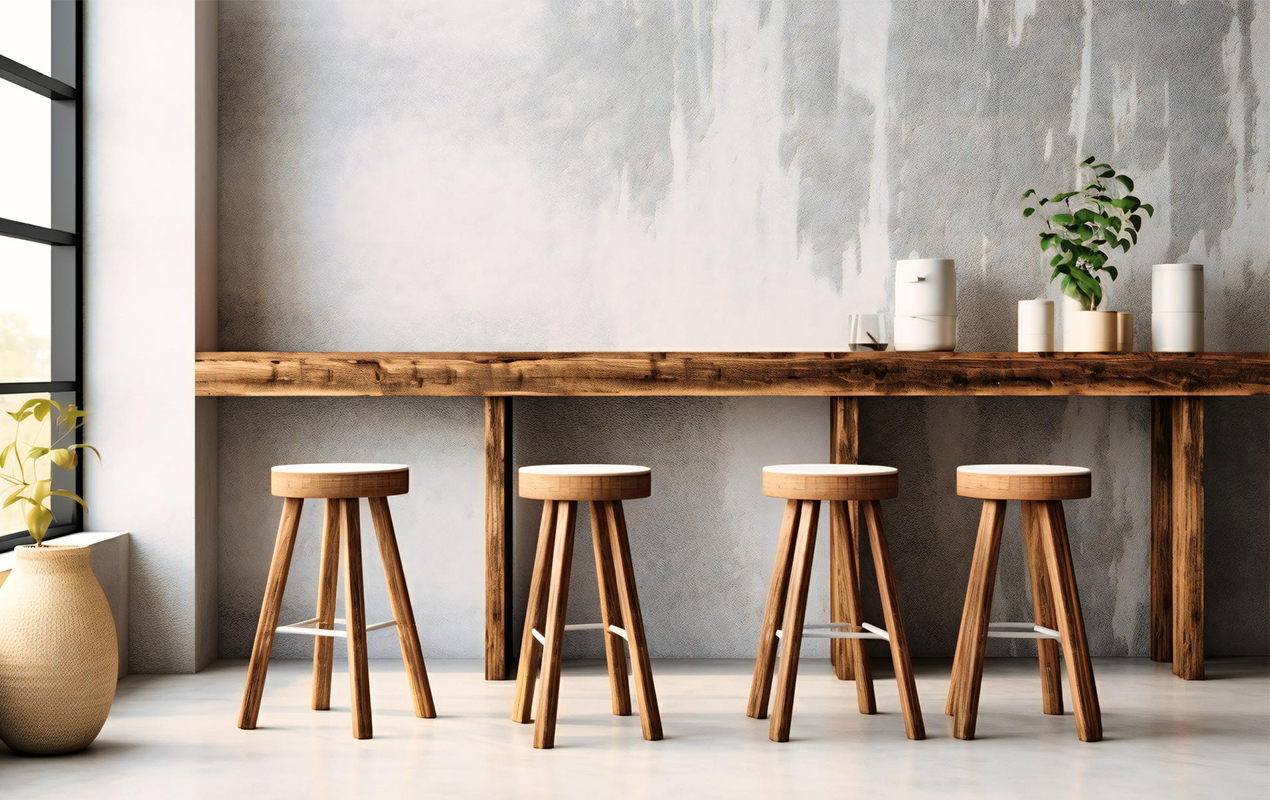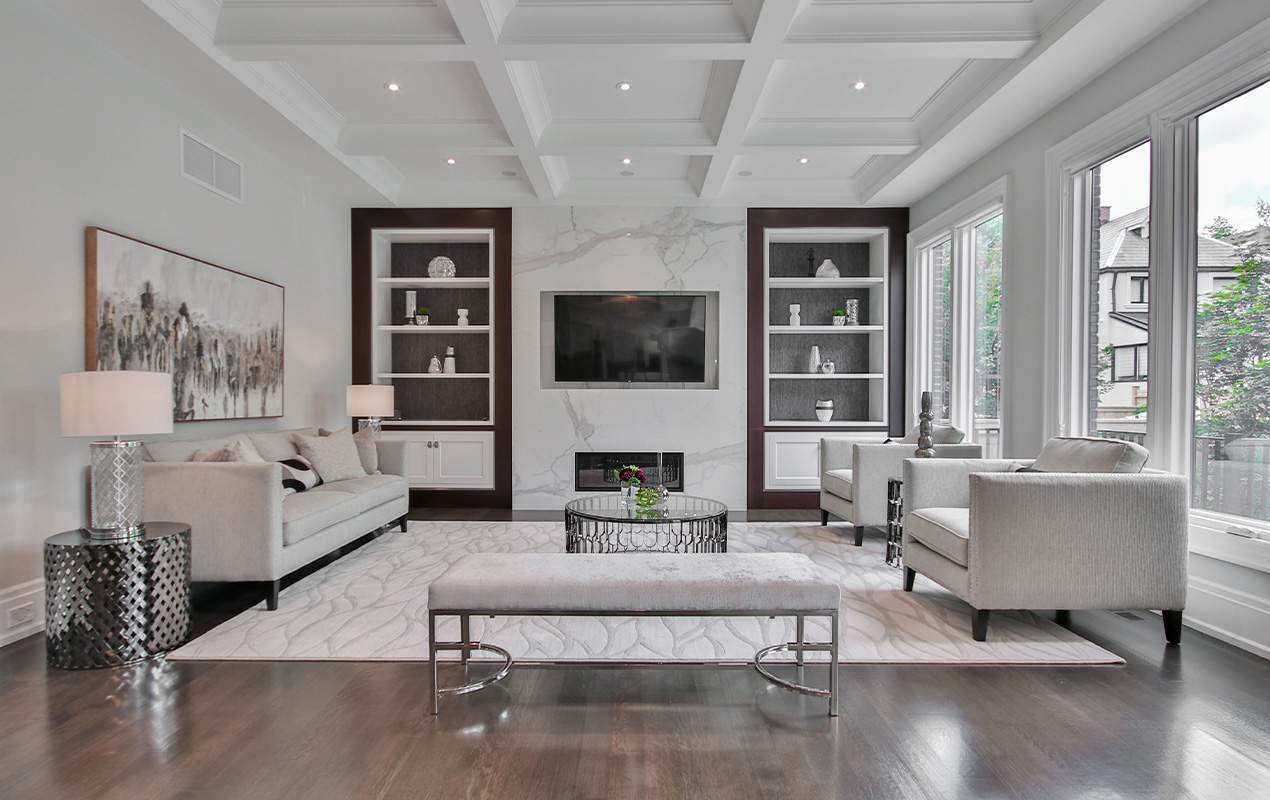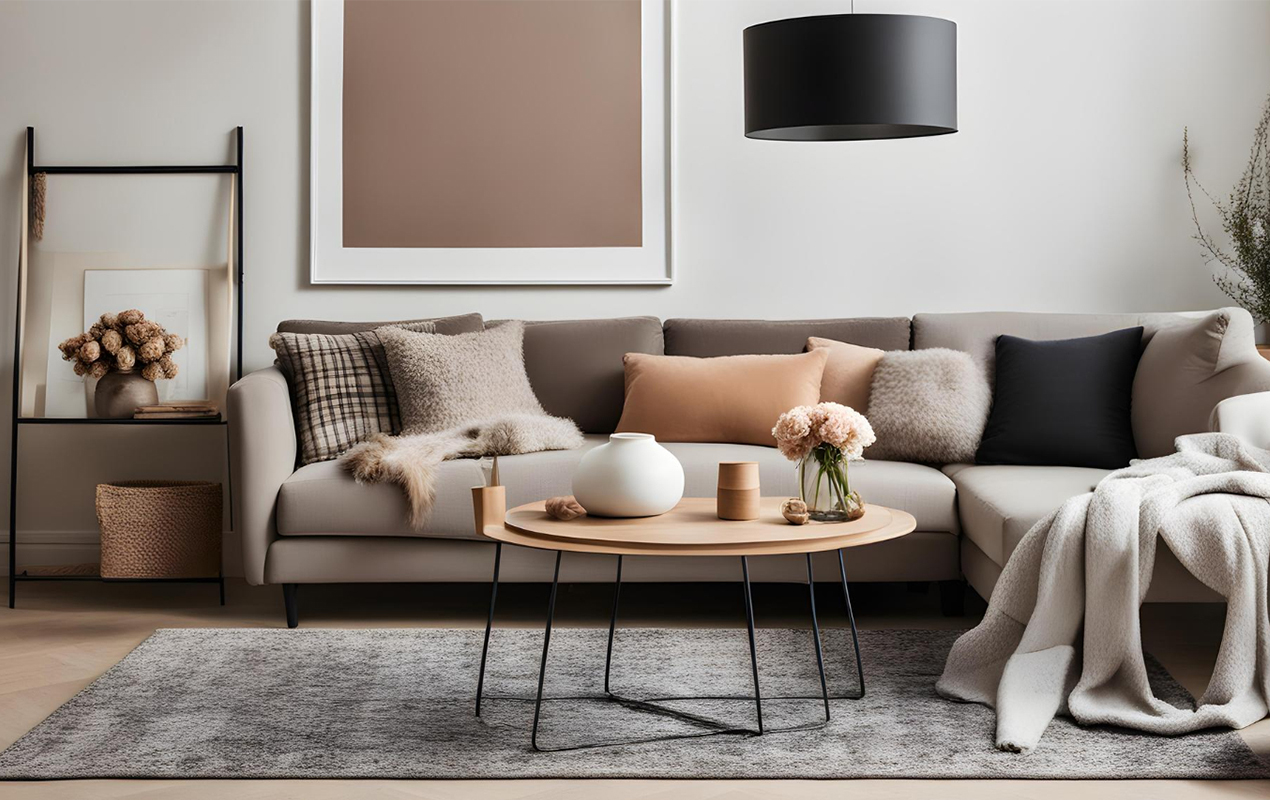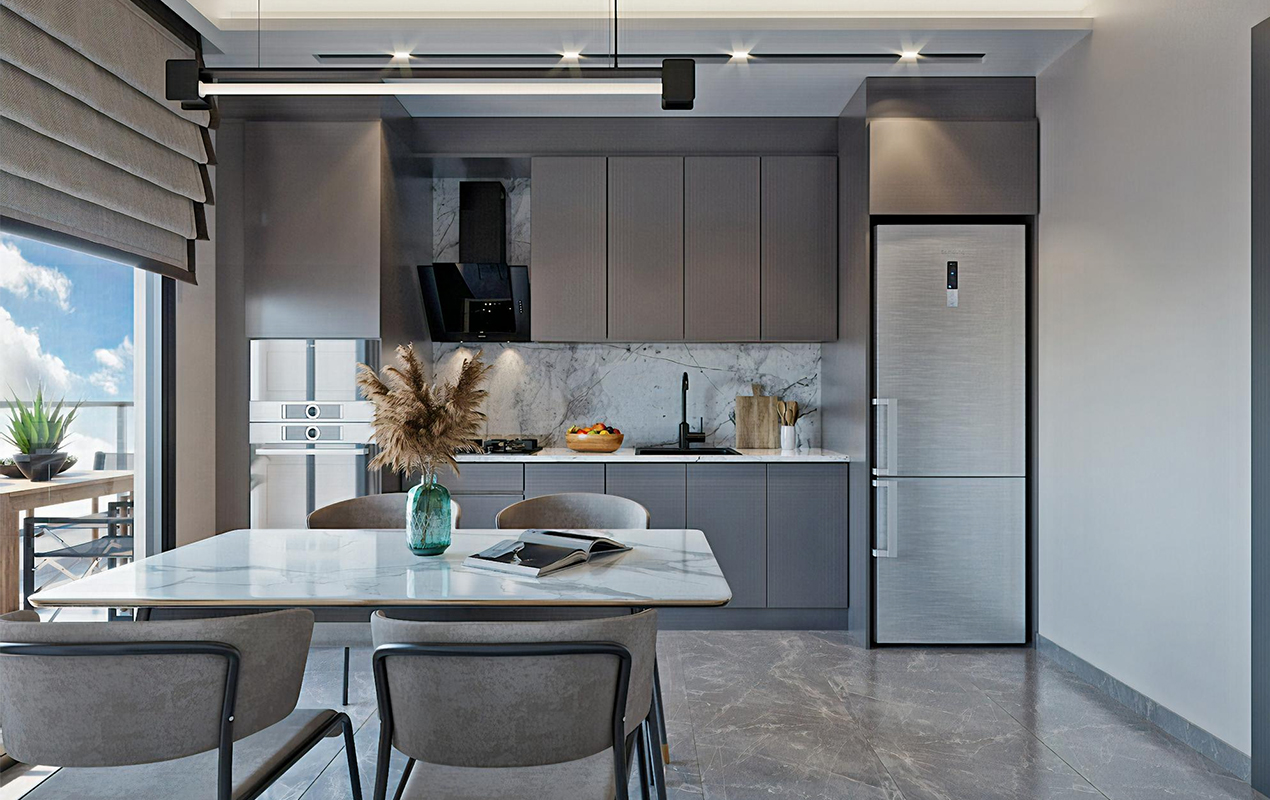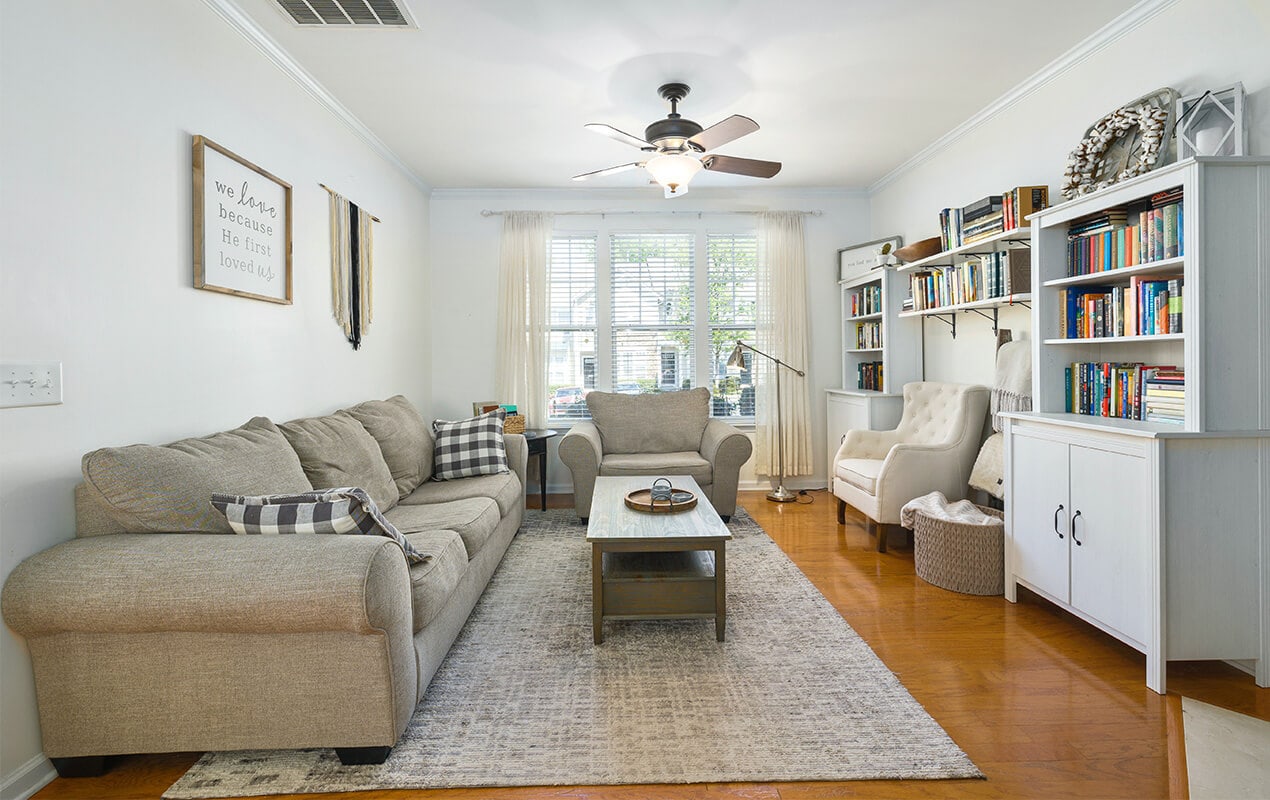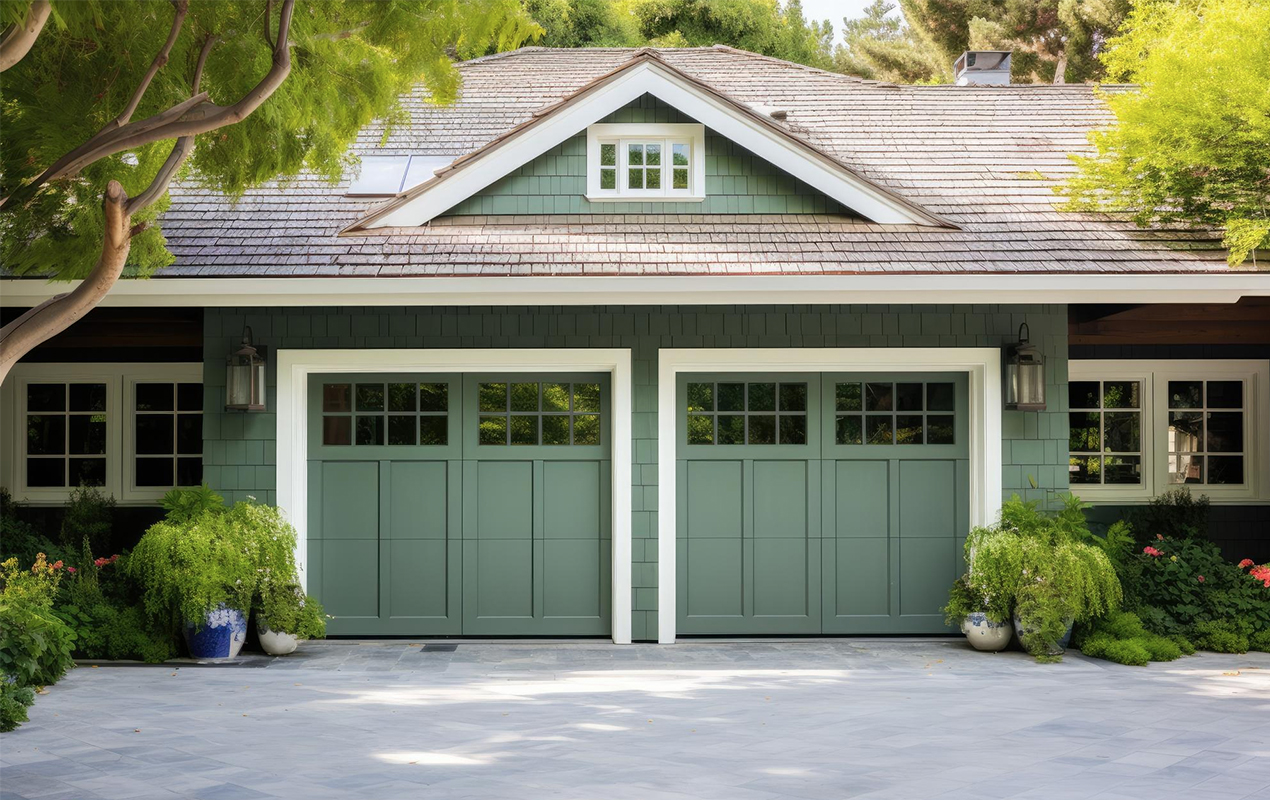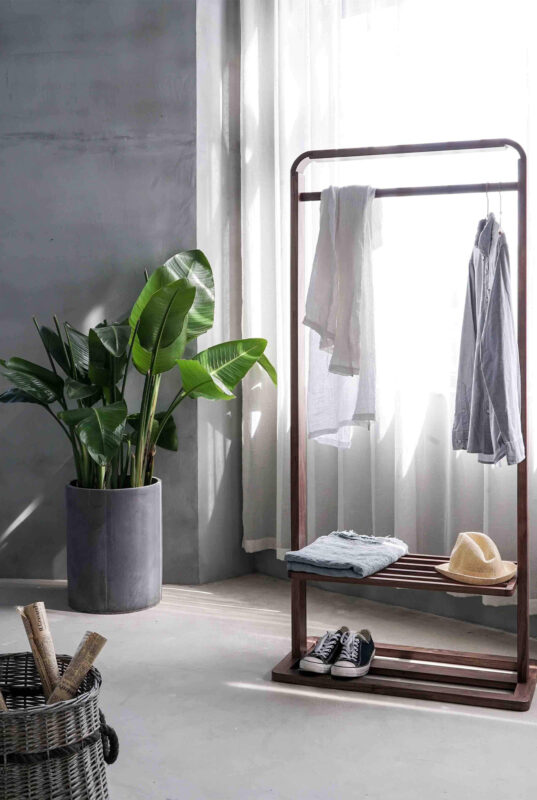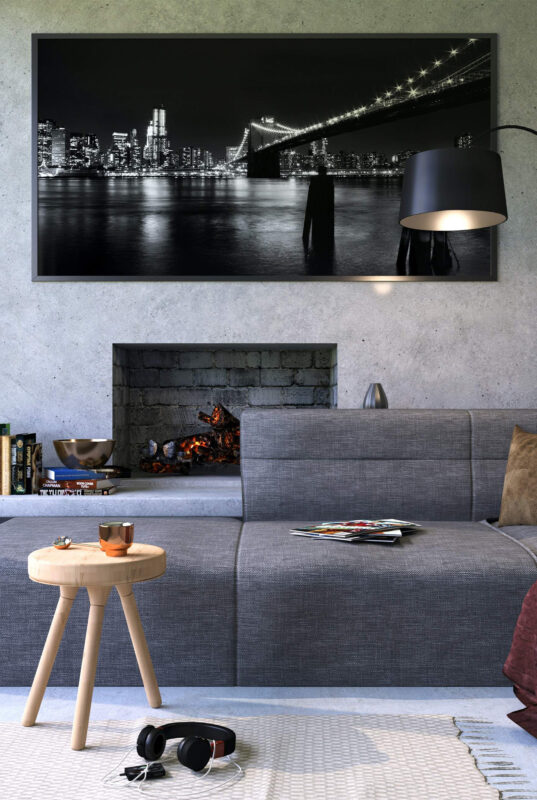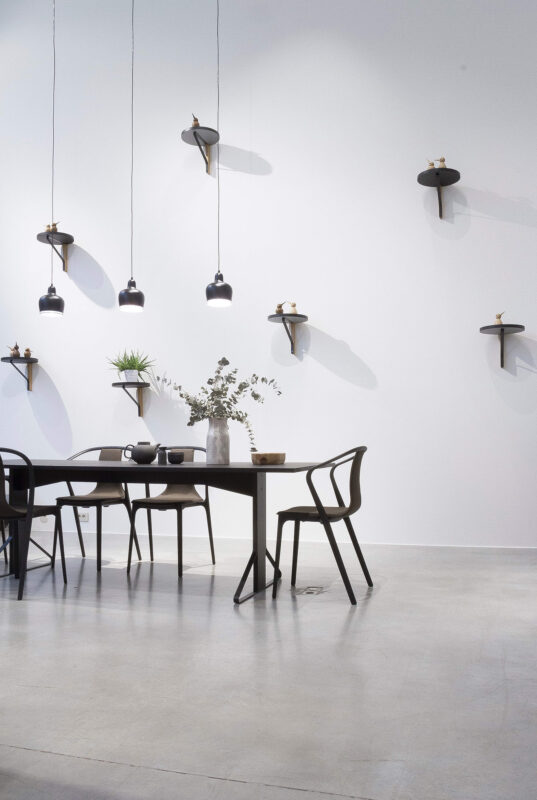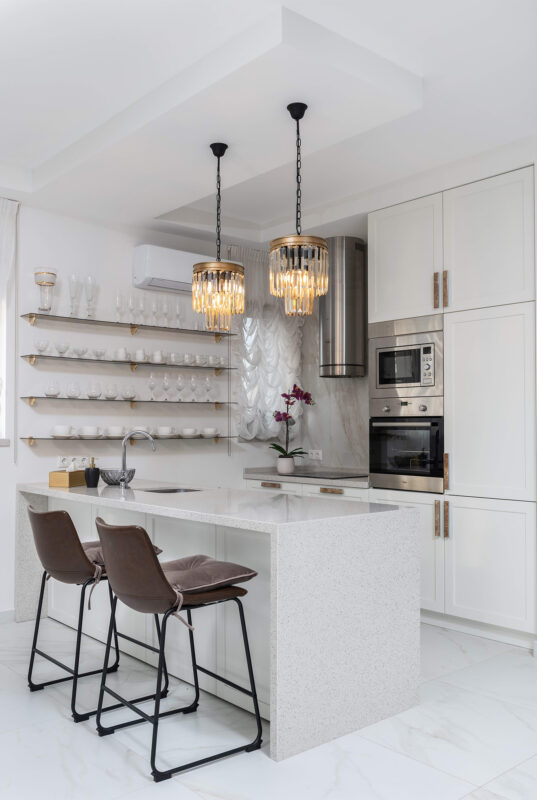Blog
Portable vs. Permanent Electric Fencing for Modern Homes
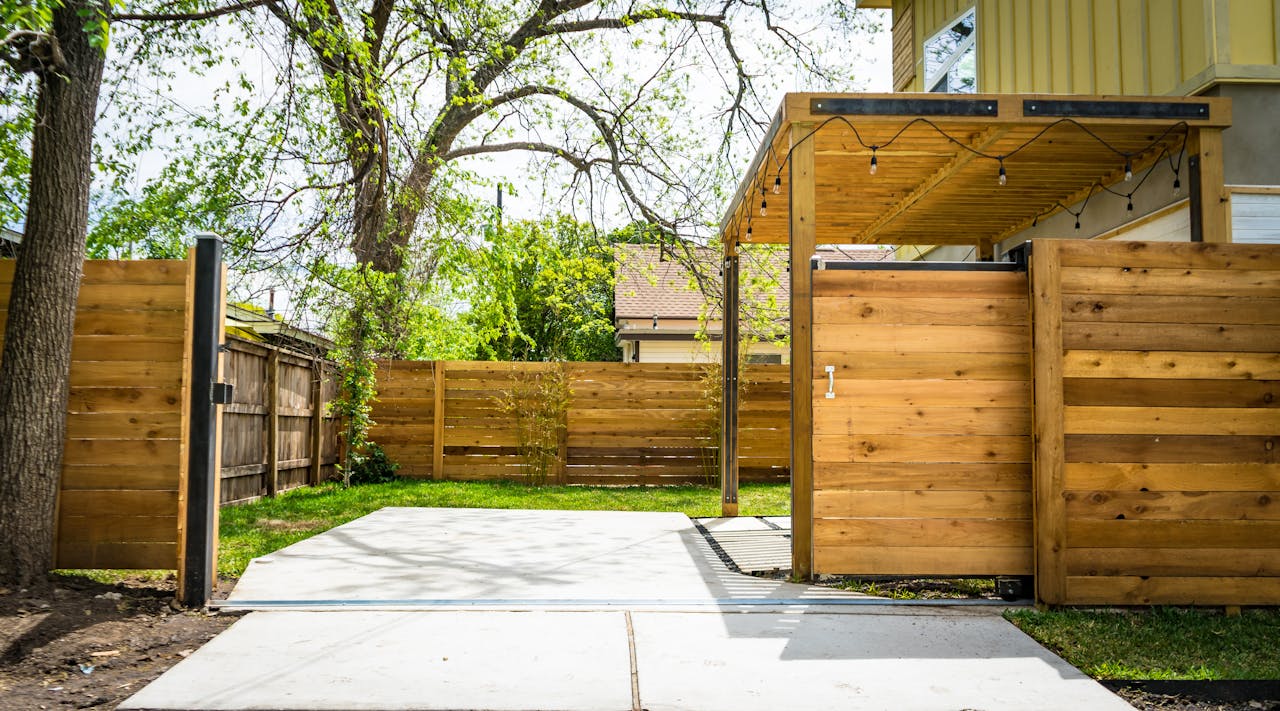
As Australian homeowners invest more in their outdoor spaces, the question of how to secure and define those areas becomes increasingly important. Whether you’re creating safe zones for pets and children, protecting a garden from wildlife, or simply outlining your property boundary, electric fencing offers a practical and discreet solution.
But what kind of fencing makes the most sense for your needs? Should you choose a portable electric fence or commit to a more permanent system? This guide walks you through both options, helping you weigh flexibility, durability, design, and cost so you can make a smart, long-term decision for your home.
Why Electric Fencing Is Gaining Ground in Residential Design
Electric fencing is no longer just for farms or rural properties. In today’s residential landscape, it has become a modern, unobtrusive way to secure outdoor spaces without the bulk or visual dominance of traditional fencing. Homeowners are turning to electric options not only for functionality but also for their compatibility with contemporary landscaping.
You might want to:
-
Keep pets from wandering off
-
Protect flower beds or vegetable gardens from wildlife
-
Define space during renovations
-
Create temporary zones in a large or irregular yard
Unlike fixed wooden or metal fences, electric fencing can offer both subtlety and adaptability, blending security with visual minimalism.
The Two Main Options: Portable vs. Permanent
Electric fencing comes in two broad categories: portable and permanent. Both types deliver a light electric pulse to deter movement beyond a boundary, but they’re built for very different use cases.
Portable Electric Fencing: Light, Flexible, and Easy to Relocate
A portable electric fence is designed for short-term use or situations where flexibility is key. Typically made from poly wire or tape and lightweight plastic or step-in posts, these fences are ideal for homes with changing outdoor layouts.
This option is especially useful for:
-
Seasonal fencing needs
-
Temporary enclosures during garden work or events
-
Pet containment while renovating a yard
-
Homeowners who rent or anticipate moving
Because setup is quick and requires minimal tools, these systems can be installed by one person and moved or stored when not needed. They’re also visually low-impact, blending well into garden settings without permanently altering the space.
That said, portable fences are less durable. They may shift in strong winds or storms, and components often wear out faster than those in permanent installations. Still, they remain a go-to choice for flexible, low-commitment fencing solutions.
Permanent Electric Fencing: Long-Term Security With Minimal Upkeep
In contrast, permanent electric fences are built to last. They typically use high-tensile steel wire mounted on treated timber or steel posts and are designed to withstand weather, pressure, and time. These systems are ideal for homeowners who want to define clear, lasting boundaries around larger gardens, lifestyle blocks, or entire properties.
Permanent fencing makes sense when:
-
You need reliable security year-round
-
The layout of your outdoor space won’t change
-
You want an elegant, built-in look that requires little intervention
Although more complex to install — often requiring post setting, wire tensioning, and grounding — permanent electric fences offer excellent durability and lower maintenance requirements once in place. Over time, they provide great value and a clean finish that complements contemporary landscaping.
Understanding the Design and Material Differences
The design choices for each fencing type directly affect how they look and perform over time.
Portable fences use:
-
Lightweight poly tape or poly wire
-
Plastic or fiberglass step-in posts
-
Solar or battery-powered energizers
-
Highly visible components to cue pets or animals
They’re intentionally designed to be moved, coiled, and reset as needed.
Permanent fences use:
-
High-tensile galvanized steel wire
-
Sturdy posts set deep into the ground
-
Underground cabling and professional-grade energizers
-
Minimal visibility for a seamless appearance
The result is a clean, integrated look that can either disappear into the landscaping or be framed by hedges or garden edging.
Installation and Maintenance: What to Expect
If convenience is your top priority, portable systems will appeal. Most kits come with everything you need and can be set up in under an hour. You won’t need special tools, and adjustments are as easy as repositioning a post or tightening a line.
Maintenance for portable fencing includes regular checks for:
-
Line sagging or detachment
-
Wind displacement
-
Battery or solar charger performance
Permanent fencing, while more complex to install, is much less demanding afterward. Proper installation may involve professional help, particularly if your property has slopes, rocky soil, or unique layout considerations. But once installed, the system will require little more than occasional inspections — making it ideal for those who value lower maintenance requirements.
Key Factors to Help You Decide
Every property and homeowner is different, but several universal considerations can guide your decision:
1. Property Size and Layout
Smaller or modular outdoor spaces are often better suited for portable fencing, especially if you rearrange garden beds, play areas, or pet zones frequently. Larger blocks or clearly defined landscapes benefit more from permanent fencing, which creates lasting boundaries and visual cohesion.
2. Terrain and Landscape Features
If your yard includes sloped ground, dense plantings, or irregular terrain, portable fencing may be easier to install and adapt. Permanent fences work well on level or pre-graded land, where they can be integrated cleanly into pathways or borders.
3. Budget and Long-Term Value
Portable fencing generally has a lower upfront cost, but components may need replacing sooner. Permanent fencing comes with a higher initial investment, but the payoff is long-term stability and minimal upkeep.
4. Flexibility vs. Permanence
Think about how often your needs might change. If you foresee different fencing zones throughout the year or multiple uses over time, portability becomes essential. If your fencing needs are fixed and long-term, go permanent and gain peace of mind.
Which Fence Fits Your Lifestyle?
The best electric fencing solution is the one that fits your lifestyle, your landscape, and your long-term vision for your home. For those who value flexibility, speed, and a lightweight setup, a portable electric fence delivers a practical answer without major disruption.
For homeowners focused on permanence, property value, and a clean, maintenance-light result, a permanent system is likely the better investment. Whichever you choose, electric fencing offers a modern approach to outdoor security — one that balances function with form and blends effortlessly into the rhythm of home life.

